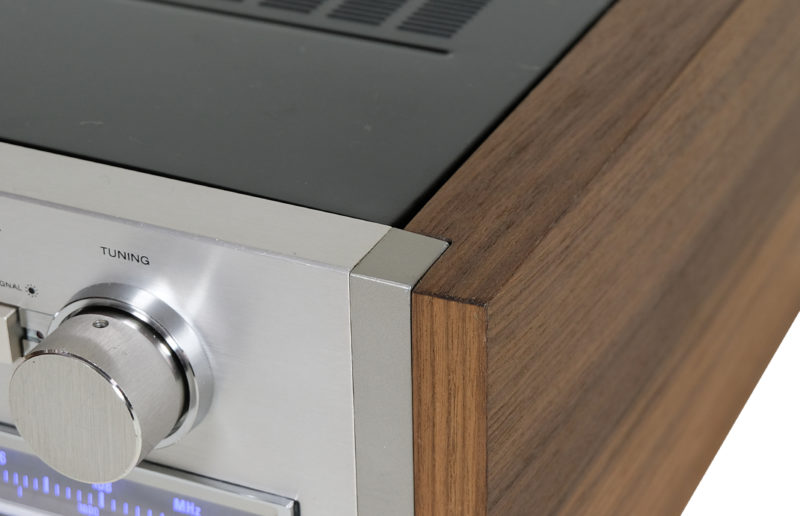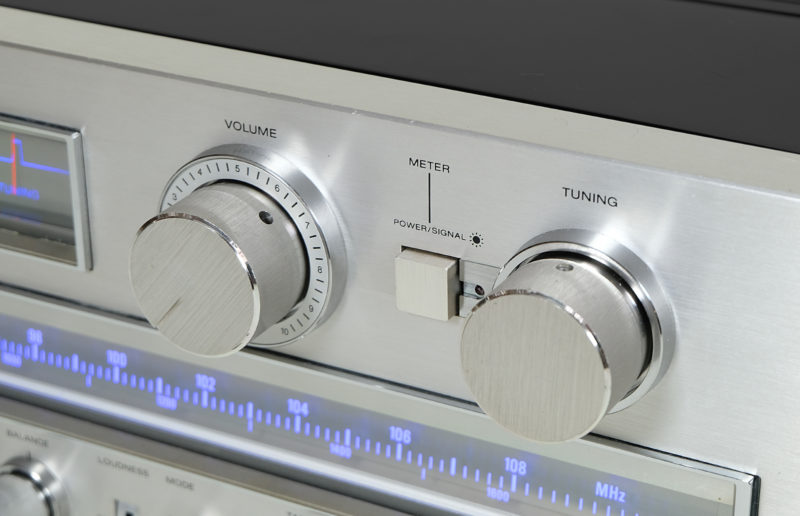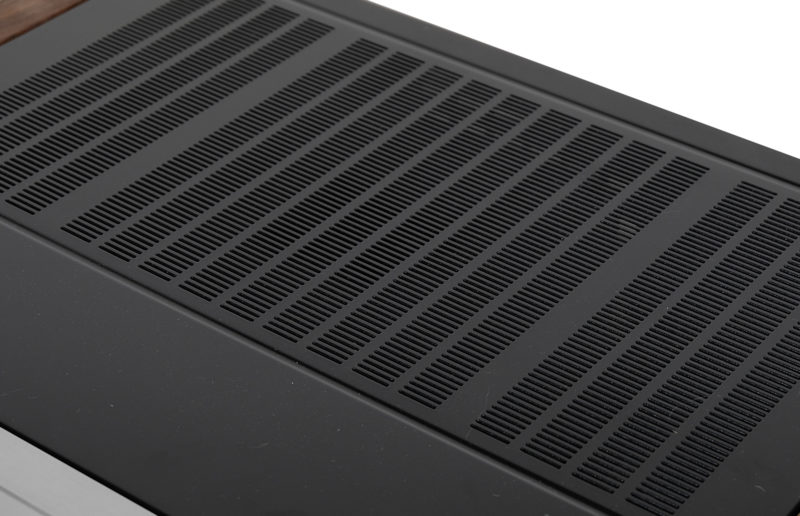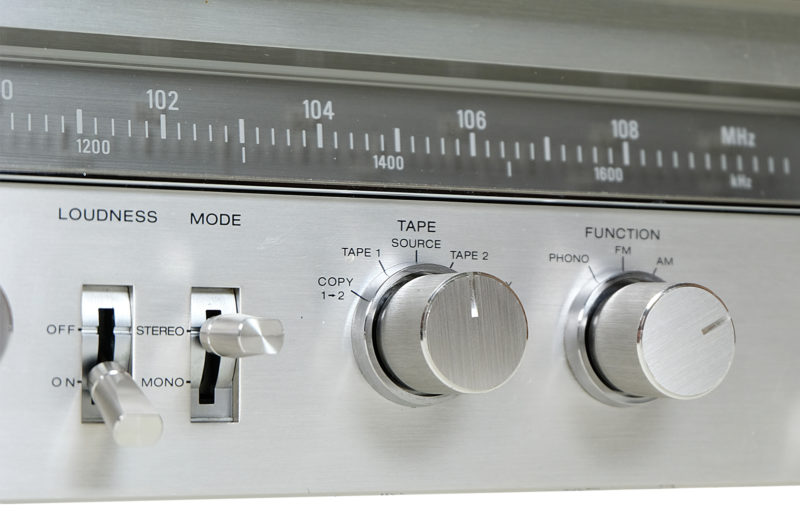Description
Sony STR-V5 Stereo Receiver. Classic Vintage. Fully revitalized.
The company was established by Masaru Ibuka and Akio Morita in Tokyo in 1946 as Tokyo Tsushin Kenkyu-jo Research Institute, initialy providing service. A year later, it was transformed into a company called Tokyo Tsushin Kogyo Kabushiki Kaisha (abbreviated Totsuko), whose main purpose was the production of telecommunications equipment and voltmeters. The 50’s turned out to be crucial for the company. At that time, a tape recorder and transistor radio were created, and in 1955 a decision was made to use the SONY logo on Totsuko products. The name came from the Latin word “sonus” – sound and “sonny boy” – used in the US to describe a little boy. The 1960s were a period of rapid development and international expansion for the company. Then also TA-1120 was created, which is the world’s first stereo receiver based on silicon transistors. In 1979, the iconic SONY product appeared on the market, a portable “walkman” cassette player. In the following decades, the company also introduced and promoted trademarks such as discman, trinitron and playstation.
The company’s rapid growth has boosted sales and reputation. In 1960, the decision was made to open the first foreign branches in the USA and Switzerland, making Sony become a true international corporation.
The V-series receivers were Sony’s excellent response to the loss of its market share to Pioneer and other companies that in the 1970s offered devices providing good sound quality at lower prices. Sony changed the circuit design and introduced new transformers, dramatically improving performance while maintaining its legendary quality. Beautiful and at the same time built like “tanks”, STR-V5 receivers were created to last a lifetime.
Although marketers considered this design to be old-fashioned and stripped of the disco glitter of the late 1970s, the classic and elegant look of this model gathered quite a fan base, especially in Europe. The STR-V5 is most often called a monster or an F1 car not only because of its size, but also because of its power and a really “fat” sound. This is a model for fans of a very selective playback and a rich soundstage.
This version of the STR-V5 is a model in a metal enclosure. The new American walnut side boards give the set an elegant look. The wood finish is Chinese oil produced from natural oils. The metal parts of the enclosure were painted using the automotive wet painting technique. Potentiometers in perfect condition. The device has been fully reviewed and serviced. Collector’s item. Device in perfect condition.
Additionally, a new blue illumination of the front panel has been installed.
Technical data:
– power: 2 x 85W at 8 Ohm, stereo
– impedance 4 – 16 Ohm
– FM 88-108 MHz range, does not require re-tuning
– frequency response – 5Hz – 50kHz
– total harmonic distortion: 0.07%
– input sensitivity: 2.5mV (MM), 150mV (DIN), 150mV (linear)
– signal-to-noise ratio: 75dB (MM), 100dB (line)
– weight: 25 kg
– output: 150mV (linear), 40mV (DIN)
– damping factor: 40
– dimensions: 58cm x 19.5cm x 42.5cm (width x height x depth)
– year of production 1978-81
– made in Japan















